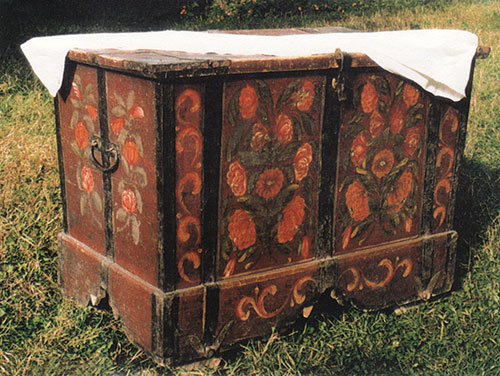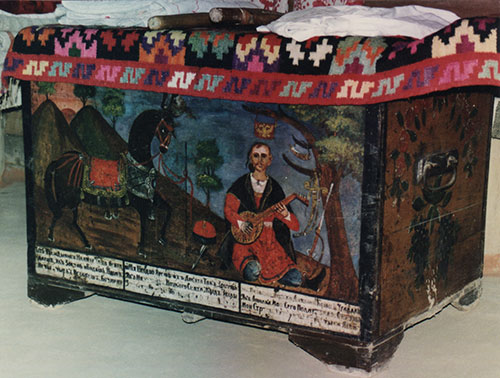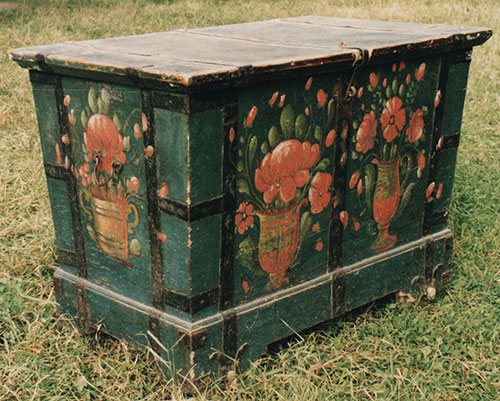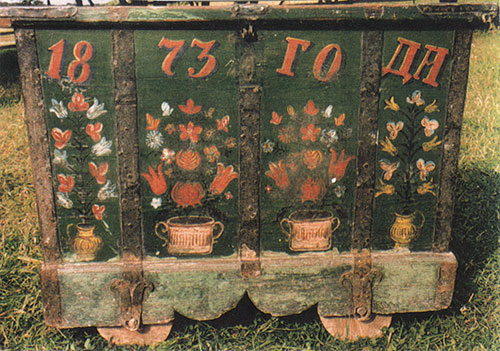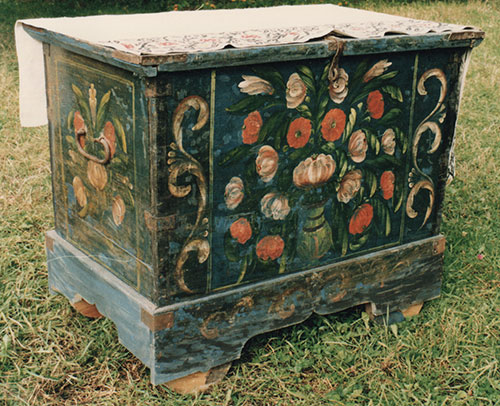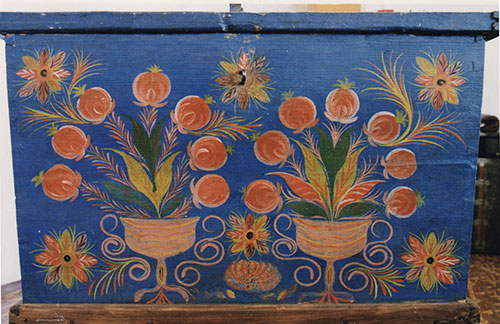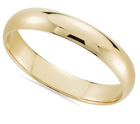 Traditionally, every Ukrainian bride had a dowry chest with her treasures. She gathered these things during all her youth, and before that, her mother gathered them practically from the moment of her daughter’s birth. Why did they need so many years to prepare the dowry? And what items did it include? In the 19th century, such dowry chests or hope chests were not just storage places but very important furniture. Why?
Traditionally, every Ukrainian bride had a dowry chest with her treasures. She gathered these things during all her youth, and before that, her mother gathered them practically from the moment of her daughter’s birth. Why did they need so many years to prepare the dowry? And what items did it include? In the 19th century, such dowry chests or hope chests were not just storage places but very important furniture. Why?
A wedding dowry chest was one of the most significant items at a Ukrainian wedding for centuries. Today, this tradition is rarely seen because weddings in Ukraine became more universalized and globalized, couples stopped incorporating many of the old wedding traditions. But vintage dowry chests are still treasured and kept in museums and private collections. These chests often look lovely.
A dowry chest was a large wooden chest where a woman kept her dowry during all her life. When a girl was born in Ukraine, her mother started to gather the dowry for her. At first, she used her own chest to put the items in, and when a girl turned about 15, she got her own dowry chest.
What items did a dowry chest include? Mostly, they were clothes, jewelry, linens, tablecloths, embroidered towels, shoes, and similar things. The ordinary villagers in the 17th – first half of the20th century usually didn’t have a lot of possessions. Their clothes and textile pieces were mostly handmade, which was time-consuming and labor-intensive, so people used every garment as long as they could. Sometimes, a certain piece served a person during her whole life. They couldn’t just go to a store and buy a new shirt, they needed to grow flax, harvest it, make yarn, weave the fabric, sew a shirt from this fabric, and decorate it. Imagine how valuable such an item was for them.
That’s why people needed so much time to prepare the dowry. Most of those pieces were handmade by a young maiden before her marriage, and she and her future family used them for many years to come. Basically, you had not more than 10 years (because girls started to skillfully do such crafts as spinning, weaving, embroidering at about 8-10 years old and got married at 16-20 years old) to prepare clothes you would wear for the rest of your life. After marriage, a woman didn’t have a lot of time to sew clothing for herself – she had plenty of chores, had babies, and made clothes for her children. So, you probably understand why dowry meant so much for a Ukrainian woman.
Every bride was judged by the size of her dowry. If she had a lot, it could mean that she was rich, but also, it usually meant that she was a hardworking person, and this feature was valued extremely highly by people. Lazy women couldn’t provide for their kids – usually, dozens of kids (remember, no protection?).
A bride finished filling her dowry chest one day before the wedding celebration was over, which often lasted for a few days. After the wedding, when the couple moved together to his parents’ house or their own new house, the dowry chest was ceremoniously delivered to this place. It was a whole festive procession, during which the items were taken out of the chest and shown to everyone to let everybody know how hardworking the bride had been, how many beautiful pieces she’s created, how skilled she was, and so on. The relatives and neighbors praised the bride and her dowry, wished her happy and wealthy life with her new husband.
The dowry chest was stored in the family house for the rest of the woman’s life. Sometimes, a grandmother could present her granddaughter or great granddaughter with her chest as a heritage piece. So, these chests often were passed down several generations. They were expensive and beautiful items, so why not? And dowry chests weren’t just storage items put in a closet somewhere, they were additional furniture. They were put in the main room, locked (by the way, yes, most dowry chests in Ukraine had locks to keep the contents intact), and used as a table or bed for kids.
In some regions of Ukraine, there was a tradition, according to which the groom had to give his bride a specific wedding gift – the equivalent of her dowry in money. This was his way of showing his wife-to-be that he also could provide for his family, because while she worked hard on making all those textiles, he was earning and depositing money for this occasion.
We’d like to show you several vintage Ukrainian dowry chests. Traditionally, they were embellished either with painted patterns or with carved designs. These chests were large and heavy, often had handles at the sides for easier transportation. And the more ornate and eye-catching the dowry chest was, the better.
